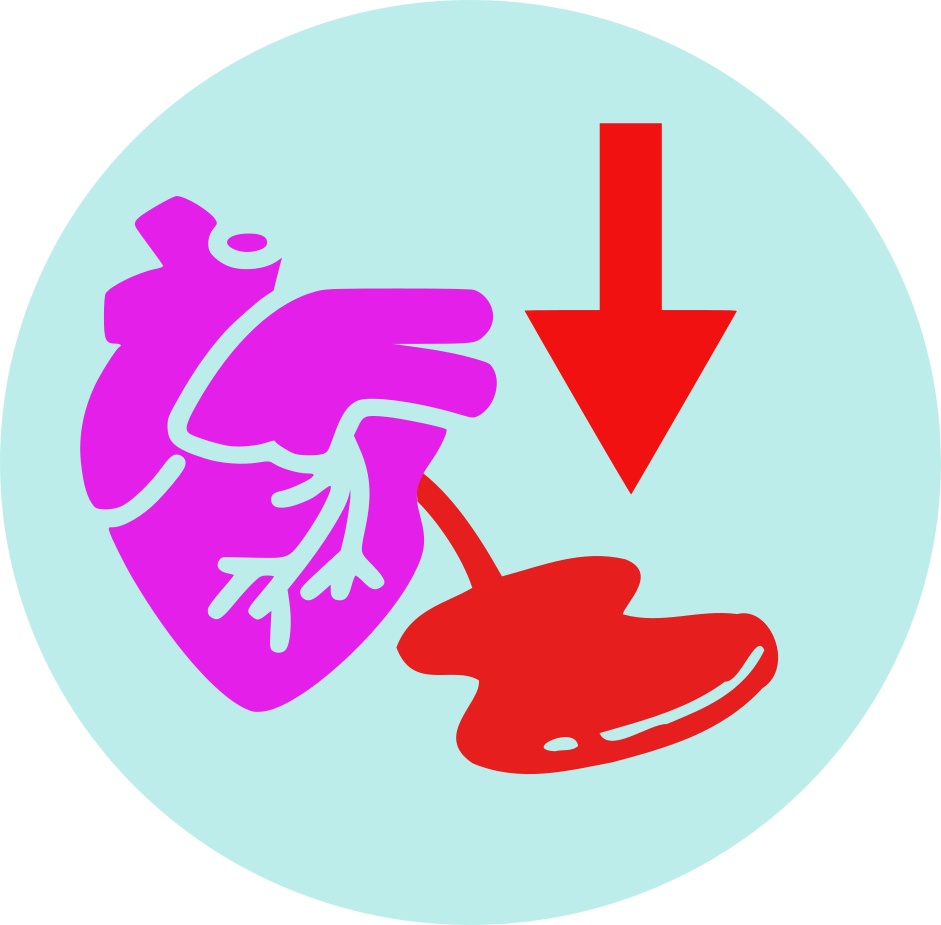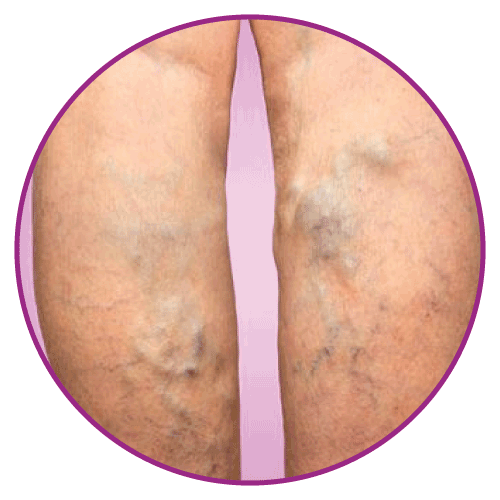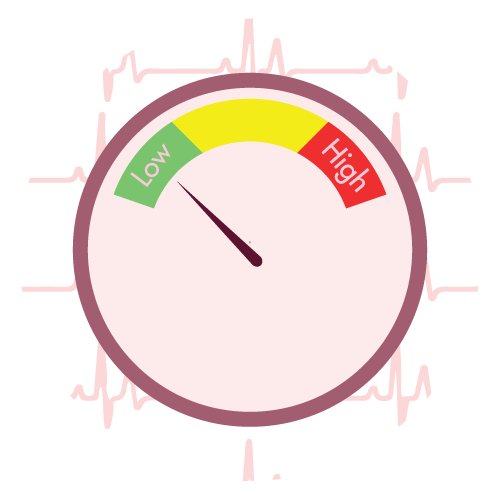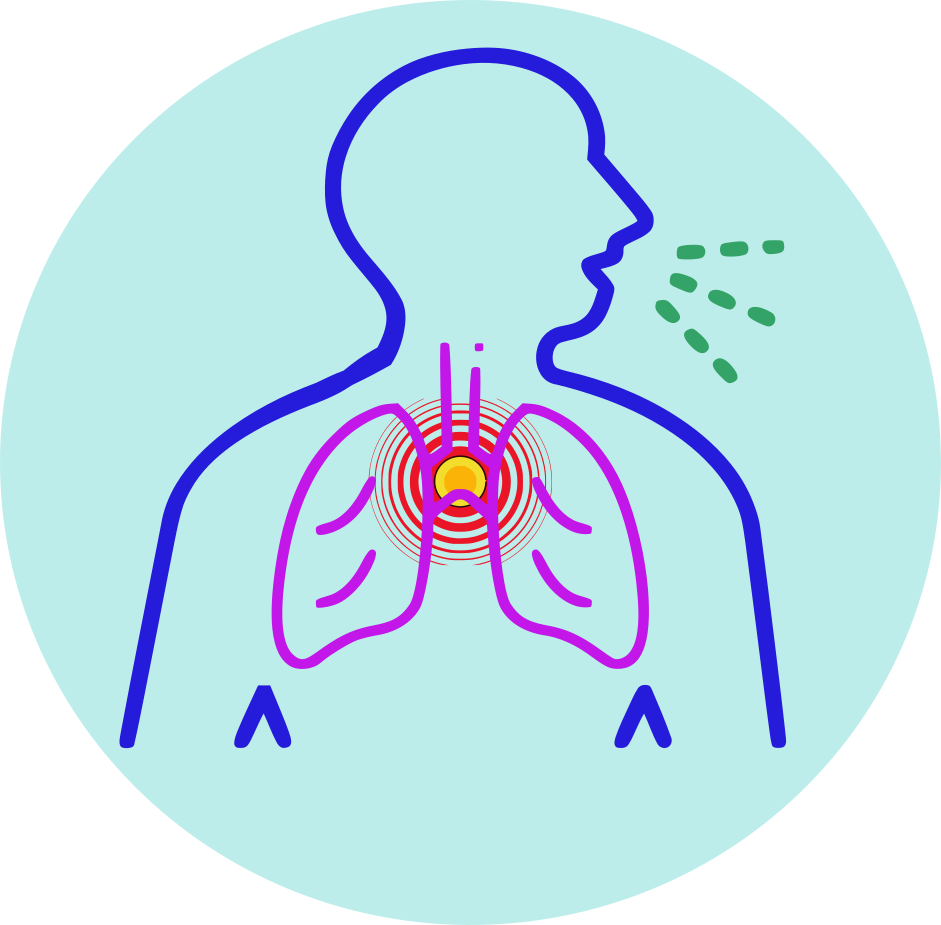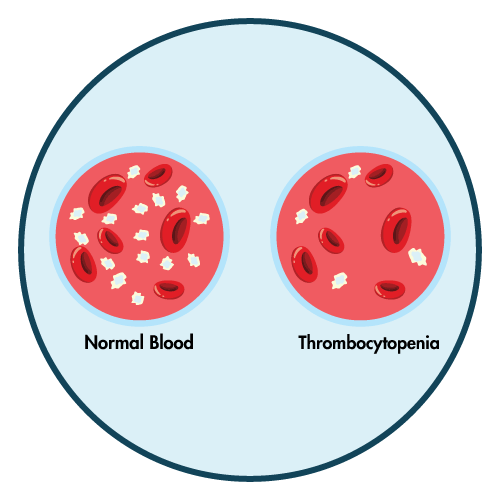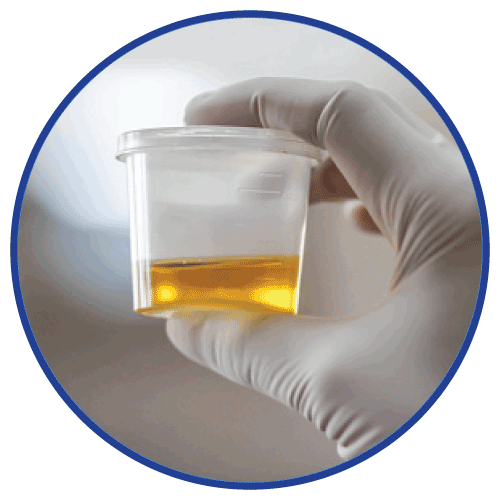| Name | Dextran 70 |
| Classes |
Cardiovascular Agent Plasma Expander |
| Diseases |
Fluid Imbalance |
Dextran 70
Dextran is a branched polysaccharide derived from the bacteria Leuconostoc mesenteroides and sucrose.
Hypovolemic shock:
- Adult: Shock due to burns, haemorrhage, surgery, or other trauma: Adjunctive therapy As a 10% dextran 40 solution in 0.9 percent NaCl or a 5% dextrose injection: Initially, a fast infusion of 10 mL/kg was used. During the first 24 hours, a maximum of 20 mL/kg is recommended. If the treatment is continued for more than 24 hours, daily dosages of up to 10 mL/kg may be given for up to 5 days.
Prophylaxis of venous thromboembolism during surgical procedures:
- As a 10% dextran 40 solution in 0.9 percent NaCl or a 5% dextrose injection: Initial infusion of 500-1,000 mL (about 10 mL/kg) on the day of surgery. Continue treatment with a 500 mL daily dose for 2-3 days, then for up to 2 weeks depending on the risk of consequences (e.g. may give 500 mL every 2nd or 3rd day during period of risk).
Intrauterine-
Aid in hysteroscopy:
- Adult: As dextran 70: 50-100 mL of a 32% solution instilled into the uterus as a rinsing and dilatation fluid.
Intravenous-
Thromboembolic disorders:
- Adult: As dextran 40: Initially, 500 ml of a 10% solution in sodium chloride 0.9% or glucose 5% infused over 4-6 hr, followed by 500 ml infused over 4-6 hr on the next and subsequent alternate days for not more than 10 days.
- Child: As dextran 40: Up to 5 ml/kg in infants and 10 ml/kg in children.
Intravenous-
Prophylaxis of pulmonary embolism or venous thrombosis in moderate- to high-risk patients undergoing surgery:
- Adult: As dextran 70: Initially, 500-1000 mL of a 6% solution in sodium chloride 0.9% or glucose 5% infused over 4-6 hr during or immediately after surgery, followed by 500 mL on the next day and on subsequent alternate days for up to 2 wk after surgery in high-risk patients.
Intravenous-
Prophylaxis of postoperative thromboembolic disorders:
- Adult: As dextran 40: 500 ml of a 10% solution in sodium chloride 0.9% or glucose 5% infused over 4-6 hr during or at the end of the surgery. Dose may be repeated the following day and treatment may be continued on alternate days for up to 10 days in high-risk patient.
- Child: As dextran 40: Up to 10 ml/kg in children.
Intravenous-
Hypovolaemic shock:
- Adult: As dextran 40: Initially, 10 ml/kg given by rapid infusion as a 10% solution in sodium chloride 0.9% or glucose 5%. Doses may be given daily for up to 5 days. As dextran 70: Initially, 500-1000 mL of a 6% solution in sodium chloride 0.9% or glucose 5% infused at a rate of 20-40 mL/min. Maintenance: 10 ml/kg/day for3 days (Dextran 70).
Following side effects may appear-
- Congestive heart failure
- Mild hypotension
- Tightness of chest
- Thrombocytopenia
- Anaphylaxis
- Injection site infection/phlebitis
- Acute renal failure
- Acidosis (if NaCI soln used)
- Pulmonary edema
- Wheezing
Caution should be exercised in-
- Patients with or at risk of heart failure; active haemorrhage, diabetes mellitus, chronic liver failure, risk of pulmonary oedema.
- Renal and hepatic impairment. Pregnancy and lactation.
Correct dehydration prior to administration.
Not intended as a replacement for whole blood or blood components.
Contraindication
Hypersensitivity to dextran.
None known.
 Bangla
Bangla English
English